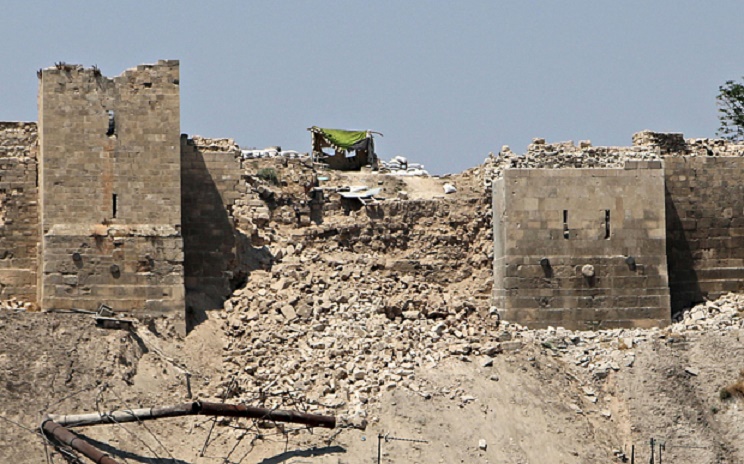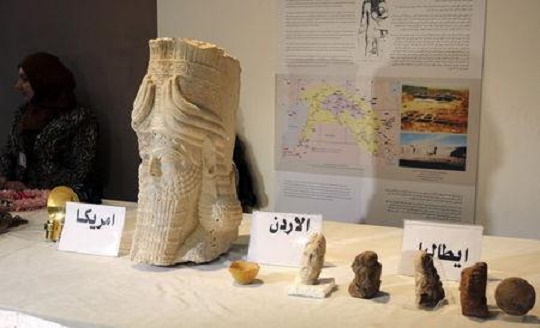Sew La Ti Embroidery:
Greater Middle East
Near East: Restoration work to begin at historic Genoese castle

Iraq: US returns Iraqi artefacts recovered in Syria raid

Near East: Blast in Aleppo does major damage to citadel wall

Near East: UNESCO slams Israeli digs in East Jerusalem

Near East: Wind power plant to be built on ancient necropolis

Near East: Byzantine church in Turkey for sale on Internet

Iraq: Iraq celebrates return of antiquities
Near East: Ephesus added to UNESCO World Heritage list

Israel: Ancient Jewish necropolis named World Heritage Site

Heritage: Section of Tuthmosis column returned to Egypt

Syria: Turkey not returning smuggled artefacts to Syria

